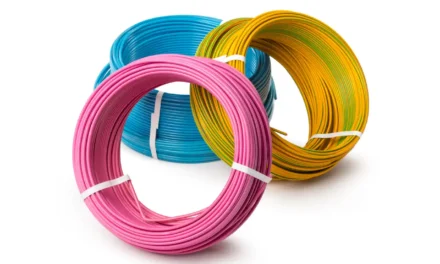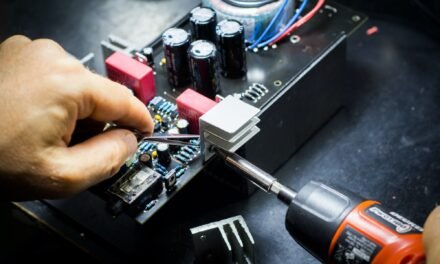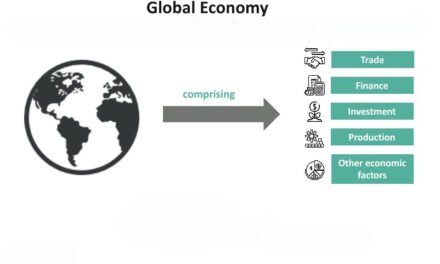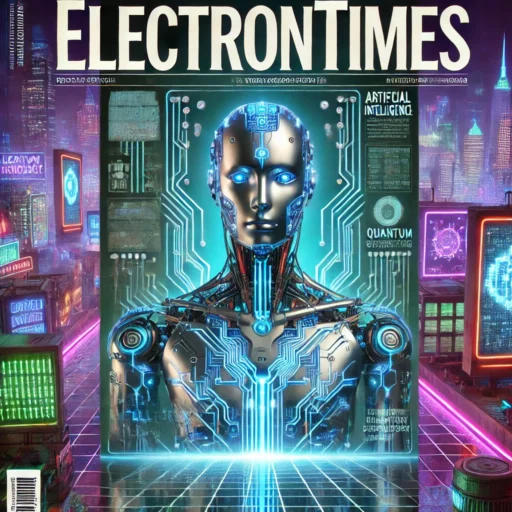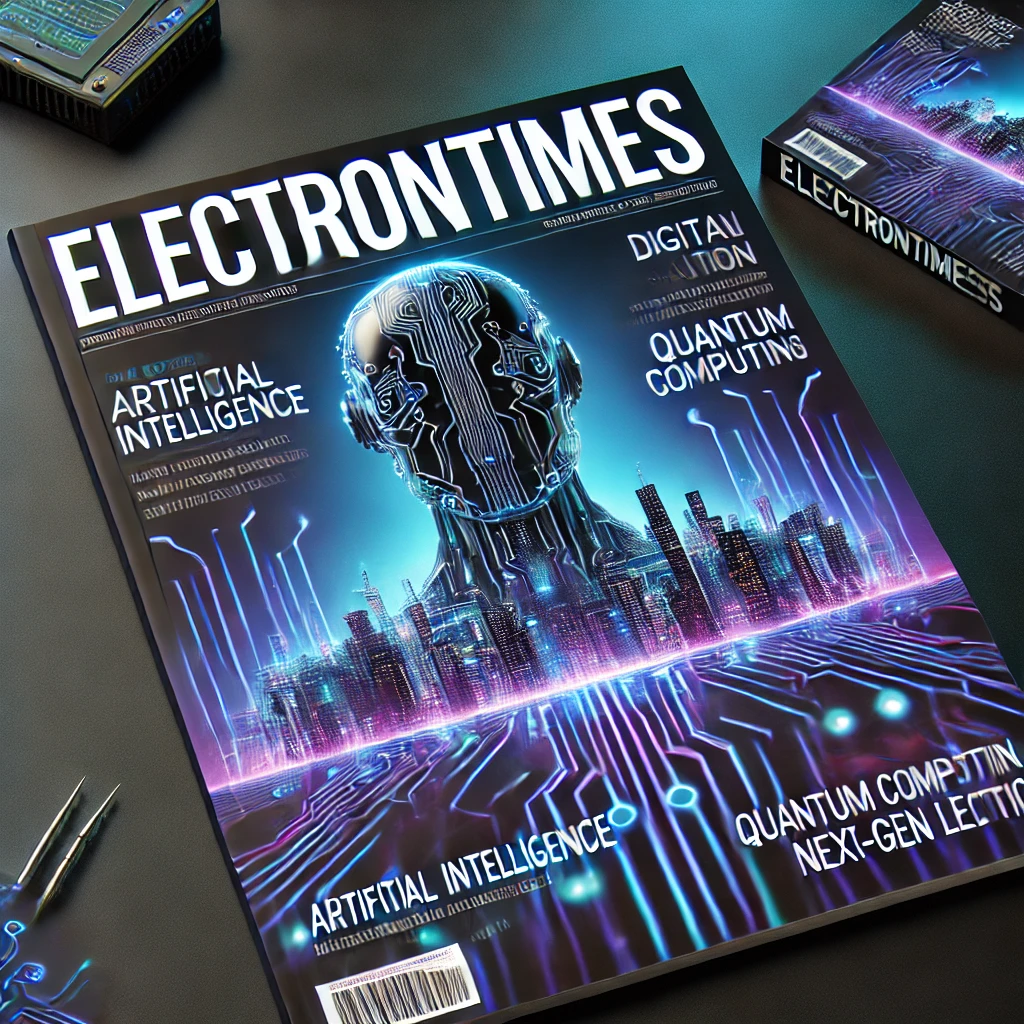The electrical appliance industry faces several challenges that stem from technological advancements, consumer demands, regulatory pressures, and global market dynamics. These challenges impact the entire lifecycle of electrical appliances, from design and manufacturing to sales and end-of-life management. Here are the most significant challenges:
1. Increasing Competition
- Market Saturation: The global market is highly competitive, with numerous players offering similar products, leading to price wars and reduced profit margins.
- Emerging Players: New entrants, especially from countries like China, provide cost-effective alternatives, putting pressure on established brands to innovate and maintain quality.
- Brand Differentiation: Companies struggle to differentiate their products in a market crowded with similar features and designs.
2. Rapid Technological Advancements
- Keeping Up with Innovation: The fast pace of technological changes, such as the rise of smart appliances, requires continuous R&D investment, which can be costly and time-consuming.
- Obsolescence: Rapid innovation leads to shorter product lifecycles, forcing companies to update or replace their product lines frequently.
- Integration with IoT and AI: Incorporating smart home and artificial intelligence technologies is complex and requires expertise, partnerships, and compliance with new technical standards.
3. Sustainability and Environmental Concerns
- Energy Efficiency: Stricter regulations on energy efficiency standards require manufacturers to innovate, which increases production costs.
- E-Waste Management: The industry faces growing pressure to address electronic waste, with regulations requiring proper recycling and disposal of old appliances.
- Material Sourcing: Ensuring the use of eco-friendly and ethically sourced materials is both a challenge and a necessity to meet consumer expectations and regulatory standards.
4. Supply Chain Disruptions
- Global Supply Chains: Dependence on global supply chains for raw materials and components makes the industry vulnerable to disruptions, such as the COVID-19 pandemic or geopolitical conflicts.
- Semiconductor Shortages: The global chip shortage has significantly impacted the production of smart appliances and other devices requiring microelectronics.
- Logistics Challenges: Rising transportation costs and delays affect production schedules and delivery timelines.
5. Regulatory Compliance
- Stringent Standards: Compliance with safety, energy efficiency, and environmental regulations varies across regions, requiring companies to tailor their products for different markets.
- Data Privacy: Smart appliances collect consumer data, raising concerns about privacy and compliance with data protection laws like GDPR or CCPA.
- Trade Restrictions: Tariffs, trade barriers, and export restrictions in certain regions add complexity to global operations.
6. Consumer Expectations and Preferences
- Demand for Customization: Consumers increasingly demand products tailored to their specific needs, requiring companies to diversify their offerings.
- Affordability vs. Features: Balancing advanced features with affordability remains a key challenge, especially in emerging markets.
- After-Sales Support: Providing excellent customer service, including warranties, repairs, and replacements, is essential but adds to operational costs.
7. Economic Pressures
- Inflation and Rising Costs: Increased costs of raw materials, labor, and energy make it challenging to maintain profitability without raising prices.
- Currency Fluctuations: Companies operating in multiple markets face risks from currency fluctuations that impact pricing and profit margins.
- Consumer Spending Trends: Economic downturns can lead to reduced consumer spending on non-essential appliances, affecting sales.
8. Global Focus on Energy Transition
- Shift to Renewable Energy: Appliances need to be compatible with renewable energy systems like solar and wind, adding design and functionality challenges.
- Battery Integration: Incorporating battery backup and energy storage solutions in appliances is complex and costly.
9. Cybersecurity Risks
- Smart Appliance Vulnerabilities: Connected appliances are susceptible to cyberattacks, posing risks to consumer data and safety.
- Continuous Updates: Manufacturers must provide regular software updates to ensure security, adding ongoing costs.
10. Evolving Retail Landscape
- E-Commerce Growth: The shift from physical stores to online sales requires investment in digital marketing, logistics, and delivery infrastructure.
- Consumer Reviews and Returns: The prevalence of online reviews can significantly impact brand reputation, while high return rates for online purchases add to operational costs.
11. Workforce Challenges
- Skill Shortages: There is a growing need for skilled labor, especially in areas like AI, IoT, and automation, which many companies struggle to find and retain.
- Labor Costs: Rising wages and benefits add to manufacturing costs, particularly in developed markets.
12. Product Durability vs. Planned Obsolescence
- Durability Expectations: Consumers expect appliances to last longer, but longer lifespans reduce replacement sales.
- Sustainability Backlash: There is increasing criticism of planned obsolescence practices, pushing companies to design more durable and repairable products.
Conclusion
The electrical appliance industry must navigate a complex landscape of challenges that include technological innovation, sustainability, regulatory compliance, and changing consumer demands. Companies that can adapt quickly, invest in R&D, and embrace sustainable practices while maintaining affordability and quality are more likely to succeed in this dynamic environment.
Hashtags
#SustainabilityInHomeTech #GreenTechObstacles #ReducingCarbonFootprintInTech #EnvironmentalImpactOfAppliances #EcoRegulationCompliance #SustainableManufacturingChallenges #WasteReductionInAppliances #EnergyEfficiencyBarriers #CompetitiveTechMarket #PricingPressuresInAppliances #MarketShareStruggles #GlobalCompetitionInTech #CostEfficiencyChallenges #AffordableInnovationBarrier #TechPricingDilemma #CrowdedMarketChallenges #CompetitiveEdgeInTech #ConsumerPriceExpectations #TechIntegrationHurdles #KeepingUpWithInnovation #SmartHomeTechBarriers #IoTIntegrationChallenges #EmergingTechAdoption #AIInAppliancesChallenges #NextGenApplianceTech #ComplexTechDevelopment #AdaptingToTechTrends #DigitalTransformationStruggles


